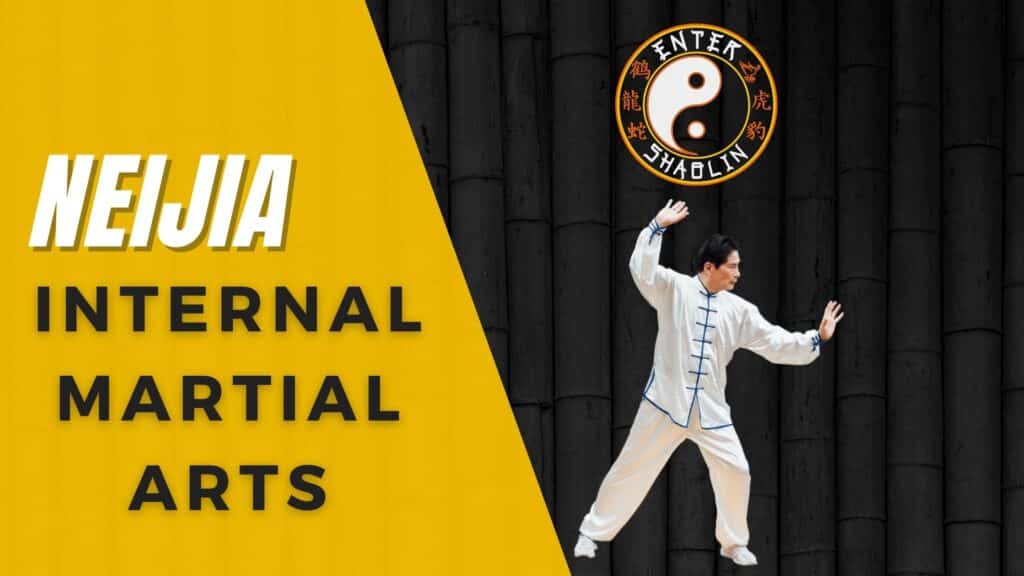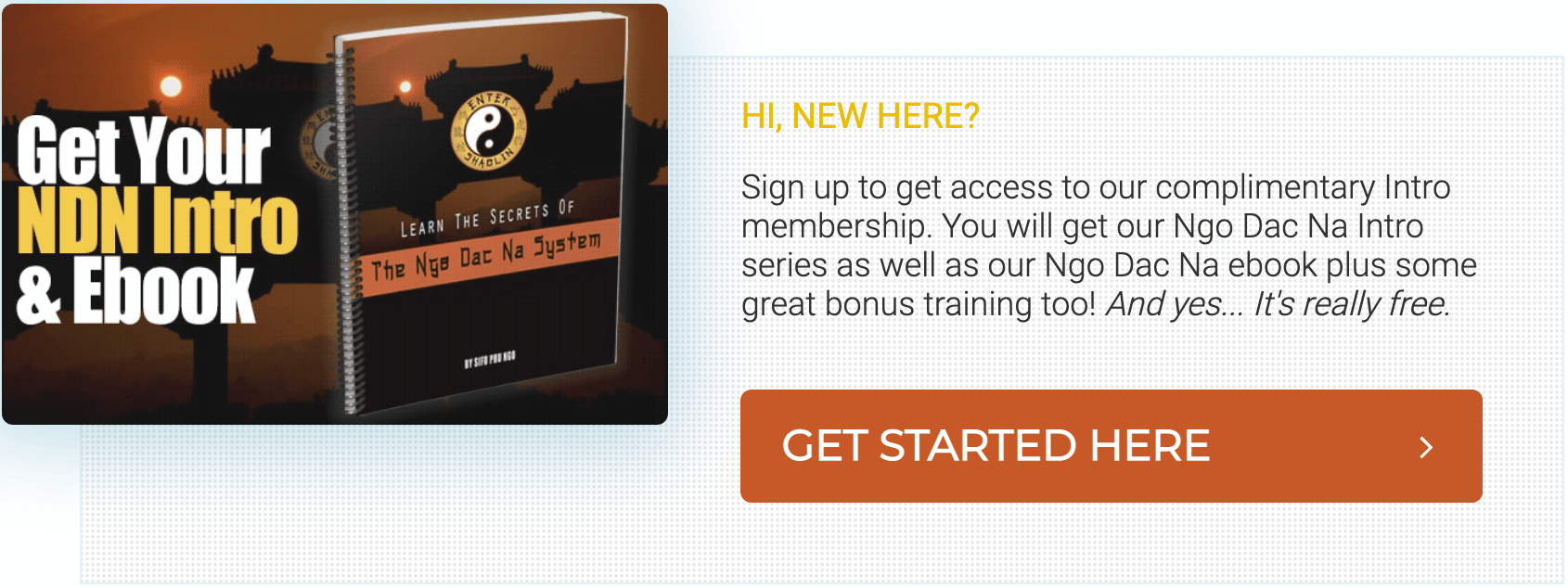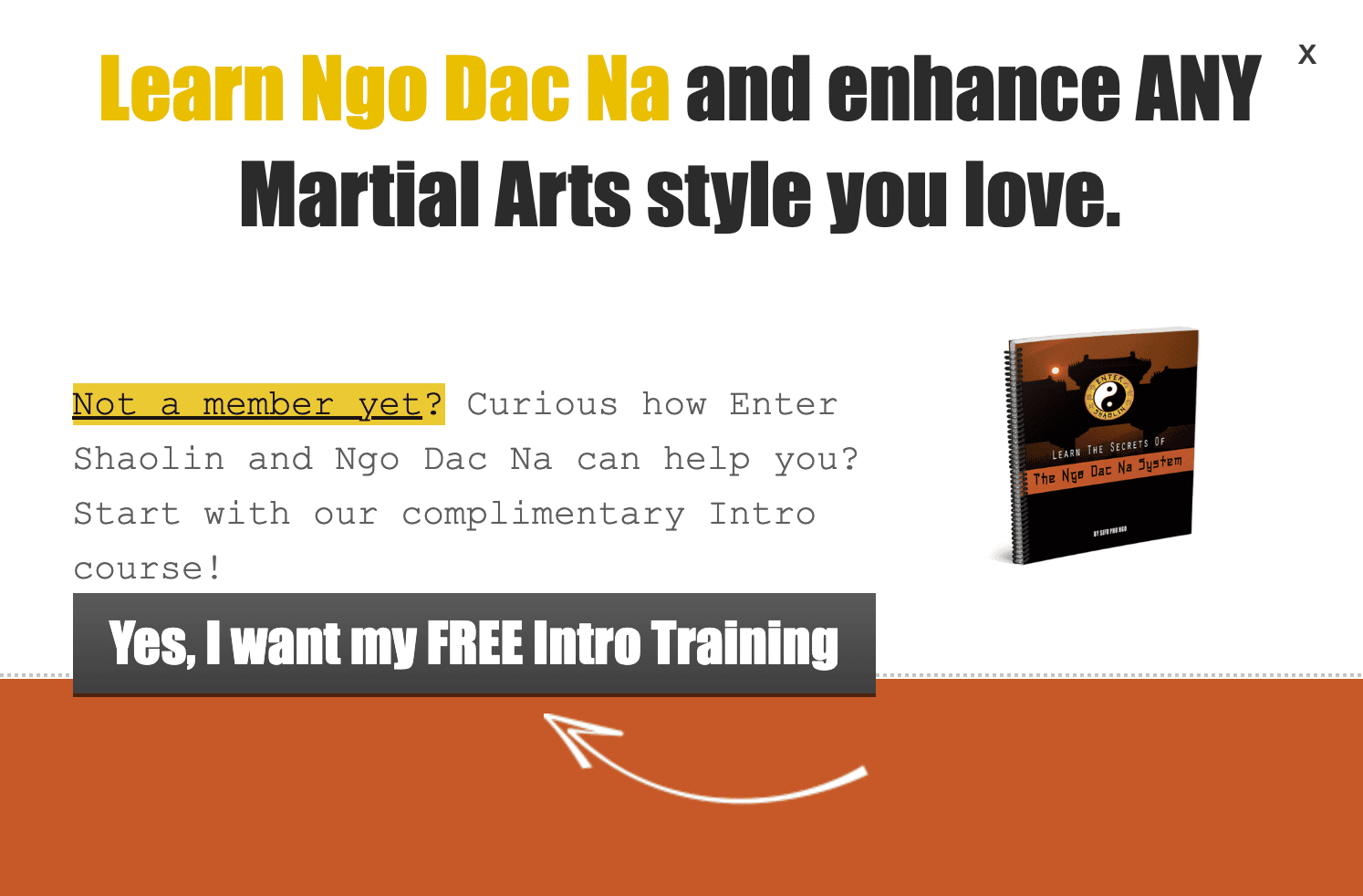
In Chinese Martial Arts, Neijia refers to the different styles of neijing, or internal martial arts. These styles focus on mental, spiritual, and qi-related aspects of martial arts. Learn more about Neijia and its history in this article. This article will also discuss some of the benefits of the different styles. Internal Martial Arts are a great choice if you want to focus on more than just self-defense.
Taijiquan
Internal martial arts like Taijiquan are primarily concerned with the development of gong, the body’s ability to develop strength and power. Often compared to muscle power, internal strength is a very different concept. Muscles are used for every physical movement, but internal power is primarily concerned with the mind-body connection. Nonetheless, both aspects are important to internal martial arts. For example, a slow pace helps to improve coordination and balance and requires the practitioner to focus on the whole body.
The martial aspect of Taijiquan evokes diverse responses from practitioners. Some people dismiss it as an unnecessary distraction, while others embrace it as a romantic ideal. Interestingly, taijiquan is a great example of how globalization affects martial arts, as both the Chinese and British cultures practice it to enhance their health and well-being. In fact, the taijiquan practiced in Britain today is mostly used for therapeutic purposes, while the taijiquan tradition in mainland China is primarily devoted to meditative exercises. This means that taijiquan is a good example of a martial art that has successfully survived the censorship of official Chinese wushu.
The internal styles of Taijiquan require the training of the body’s chi to develop the strength and balance required for a successful fight. At an advanced level, internal styles are performed rapidly, and the body must be synchronized with the opponent’s movements. The aim of this style is to develop the entire body, which requires careful coordination of breathing, relaxation, and perfect balance. The internal styles of Taijiquan are often practiced alongside other martial arts, such as karate.
What is Inner Force in Martial Arts?
Internal power in martial arts has been practiced for at least 200 years, and it has evolved dramatically in recent years. These systems focus on the body’s connective tissue, which alters the structure and produces a powerful shockwave. The strongest internal punches can travel several inches before striking their target. These aren’t tricks – they’re demonstrations of the strength and power of the entire body.
Internal martial arts are different from external ones, which emphasize physical strength from the outside in. They work the entire body as a unit, using the muscles that connect to bones. Because internal martial arts emphasize the body’s natural movements, they often take longer to learn. The goal is to create a strong, powerful force that can redirect an opponent’s energy. Internal martial arts also emphasize awareness of the life force of opponents.
Some martial arts legends describe the ability to utilize inner strength. These feats range from believable to eyebrow-raising. Some legends describe a martial artist killing a horse with a slap or striking an opponent from 30 feet away with just Qi. It’s hard to determine how much internal strength is really required in a particular fight. However, it’s worth considering the many ways this internal strength can be trained.
Hsing-i Chuan
The name Hsing-I Chuan derives from the Chinese theory of the five elements, which describes how various elements interact with each other. Each element is represented by a specific type of form, and these physical forms can be used in both health and martial arts. A hsing-i class will teach you how to effectively use each one to achieve the most effective results.
The physical technique of hsing-i is based on the use of the neigong (internal power system). By concentrating on the body’s internal energy, the practitioner can make even the most vulnerable opponent strong. Moreover, the practice of Hsing-I can make an ailing person well-versed in physical and mental martial arts. This is because the internal power system, the chi, is integrated into all the forms of the art.
While there are many different kinds of internal martial arts, Hsing-I is one of the most ancient. Its ancient Taoist philosophy makes it an effective weapon of self-defense. Its training also promotes good health and the circulation of chi throughout the body. Hsing-I also has a long history dating back more than 900 years. It has many benefits, including the ability to keep a person martially strong into old age.
The Hsing-I-Chuan stance is generally low and has a linear movement. Most of the movements are made with closed fists and are performed in a slow, linear motion. This allows the practitioner to absorb the opponent’s force, propagate it down to the earth, and bounce it back to the opponent. Although the body movement looks similar to other internal martial arts, it is much different from the others. Compared to other styles, Hsing-I-Chuan is more agile and dynamic, allowing the practitioner to do a variety of maneuvers, including kicking and strikes.
The theory of yin and yang is present in each and every move, whether it is a kick or a push. It focuses on the cultivation of chi, which is the body’s internal energy. It is the hands and feet that must appear bent, but not straight. Because chi is energy, the body is meant to conserve it until it is needed. The attack and defense follow the heart and the mind, and every move should be made with the mind and heart in mind. Hsing-I is a complete art.
While many people think of Hsing-I as a soft style, this is not the case. Hsing-I emphasizes countering an opponent’s force to gain an advantage. The chi in Hsing-I is guided directly through the meridians through the use of mental thought. This technique is beneficial in both martial and healing. And the subtleties of Hsing-I are often difficult to see.
What is Yin and Yang?
What is yin and yang? In Chinese philosophy, these two opposing forces in nature are complementary. They have been described as the two elements in a yin-yang balance. Both forces are important for our health and well-being. However, some people are not aware of the concepts that surround them. To find out more, read on to learn more about the principles that govern the balance between the two.
Yin-yang is a concept that applies to everything. All things in our universe are composed of two opposing forces. It is the essence of all Universal Laws, including the Law of Attraction. The balance between these two forces creates an environment of health, balance, and productivity. The opposite of the polarity will cause problems. Therefore, we must learn to live in harmony with both sides of the equation.
Yin energy is active, fiery, and active. It supplies warmth for our organs, such as the heart and digestive system. People with more yang have a reddish complexion and are loud and active. Their heat is moving upward. If too much yang is present in our bodies, it will lead to a red face and eyes, excessive thirst, dryness, and mental activity.
In Chinese philosophy, the terms yin and yang refer to an array of objects and forces. For example, yin is a closed door while yang is a sun. Yin, on the other hand, is a closed door. These opposite forces are opposite sides of the same coin. They can be viewed in nature in many different ways. Tai Chi/Taiji are represented by a circle, a symbol of all things.
Bagua zhang
A unique aspect of Bagua zhang is that it emphasizes the use of the body as a floating, flexible platform for evasive circular footwork and explosive, fast movements. This style of martial arts also incorporates a complete array of weapons and uses the body as a weapon. Learn the art and apply it to your life. Here are some of the most common techniques you might come across while learning the art.
The core of Bagua zhang is walking the circle. The art is based on the concept of continuous change and relies on the skill and strategy of the practitioner to overcome obstacles and dissolve around the attacker’s attacks. This form of kung fu relies on low kicks, circular footwork, and joint-locking techniques to overcome an attacker’s attacks. As the fighter uses circular footwork and strikes, he also uses throws and evasive circular movements to win the battle.
The weapons used in Baguazhang are typically short and pointed and are handled in pairs or groups. Some weapons, such as the deer horn knife, are longer than the user’s fist. Other weapons include the short stick, long monk hellbard, and crossed half-moons. In addition to these, Baguazhang uses its own body weight to move and use physical force.
The art of Bagua zhang is considered an internal martial art, and is a combination of Taiji Quan, Xingyi Quan, and Neijia. The original name of Baguazhang is Zhuan Zhang, which means “Turning Palms,” as the movements involve the rotation and turning of the palms. These movements are very powerful and can make you extremely fit and flexible.
The Benefits of Learning Aikido Internal Martial Arts
Aikido is an internal martial art and incorporates both external and interior elements. The internal element involves the whole body’s movements and is performed quickly and efficiently. This requires perfect coordination of breath and body motion. It also requires relaxed, controlled breathing. Those who learn this form will gain a greater sense of self-awareness. There are several benefits to this type of martial art. Read on to learn more about the benefits of this internal martial art.
The main differences between aikido and jujutsu are in the principle and the spiritual teachings. The earliest aikido techniques were derived from the Daito-ryu style of Jujutsu. Takeda, who was four feet nine inches (1.45 meters) tall, was a master of the art. In addition, Ueshiba developed his own unique techniques.
Aikido has its share of challenges. Not everyone agrees on its future direction, or on its definition. It’s important to realize that not all forms of this internal martial art are the same and that it is possible to learn from many different styles of aikido. And it’s also important to note that not all forms of this art are suited for all individuals. Those with aikido training are generally well aware of the pitfalls associated with this art.
In contrast to external styles of Martial Arts, Aikido emphasizes building strength from the inside out. Movements of Aikido involve connecting the bones and muscles in the body as a single unit. The internal strength gained from learning Internal Martial Arts takes longer to develop, but it’s much more harmonious with the body’s natural movements. And because of the internal nature of this martial art, it also teaches its practitioners how to redirect an opponent’s force.
Neijia
The word Neijia comes from the Chinese, and literally means “inner energy.” It refers to several styles that practice Neiijing, or internal energy, rather than traditional martial arts. Neijia has roots in yoga, Pilates, and qigong, and is very similar to these other styles. In addition to its combat and health benefits, Neijia emphasizes softness and full body-breath-mind integration. Practitioners learn to use their bodies to cultivate the Qi and balance and expand their minds.
Throughout the history of Neijia, there have been many controversies about what it is and what it teaches. Other Chinese martial arts have a lot of similarities with neijia, including the combination of internal and external applications. While some claim to be true to the art, other schools have tried to make it their own by blending internal and external aspects. This is a common mistake. Ultimately, the question is how to tell which style is which.
Most internal styles emphasize blending, yielding, and stickiness. It involves putting your entire body into motion and breathing slowly and carefully. You will need to be in a relaxed state of mind to perform these techniques effectively. You will also need to be able to maintain your balance throughout the various techniques. Neijia Internal Martial Arts are not for beginners. But even if you are just getting started with internal martial arts, it is important to understand the basic principles and practice for as long as possible.
While most styles of internal martial arts emphasize power, Xingyi Quan is a rare exception. The ancient Chinese classic “Yijing” explains the importance of harmony between the mind and body. The art also emphasizes using the body as a moving limb. For many people, the goal of Neijia Internal Martial Arts is to be able to use the body as a fighting instrument.
What is Xingyi Quan?
Xingyi Quan is an internal style of Chinese martial arts. Its name translates as “Form-Intention-Shape-Will Fist.” Unlike most martial arts, Xingyi Quan is an internal style and uses the power of the will to control the movements of the fist. To learn more about Xingyi Quan, read the following article.
The main goal of Xing Yi Quan is to reach an opponent quickly and explode through him with a powerful, coordinated strike. Although the movements and techniques used to combat a person differ from one school to another, the fundamental principles remain the same: coordinated, explosive power and direct footwork. Xingyi Quan traces its origins to spear fighting, so it is not surprising to see it applied to combat.
A Xing Yi Quan fighter will seek to learn the movements and strategies of all twelve animals, including the tiger. While most schools teach the five animal styles separately, a few schools have long sequences of movements that teach multiple species. The tiger, for example, is particularly effective at attacking and counter-attacking, so the tiger forms are taught before the other animal forms.
The forms of Xing Yi Quan are mostly linear, with the lead foot and lead hand walking through the forms in a coordinated fashion. The lead hand and foot align with the opponent’s centerline. In a ‘hands-up’ fight, the Xing Yi Quan fighter prefers to strike first rather than defend himself. If the opponent isn’t willing to engage, the Xing Yi Quan fighter will attack first and then attempt to counterattack.



This is very informative and is explained well for me to understand and compare the various styles. Great insight! I appreciate the time you took in compiling this information. Thank you Sifu Larry.
you’re are most welcome.